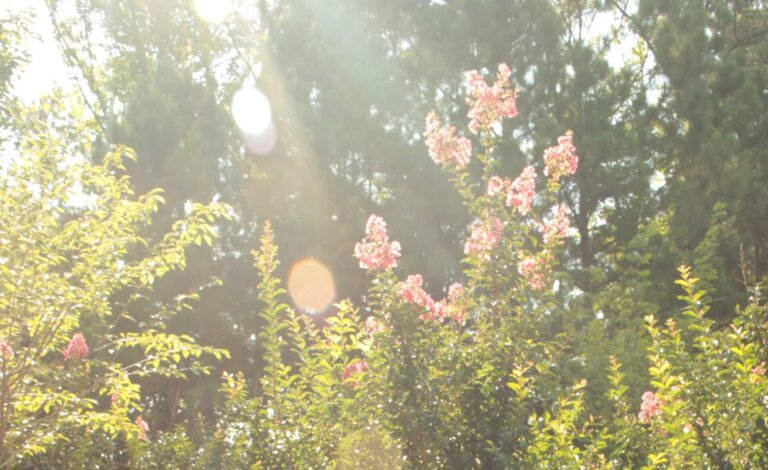To Prune or Not to Prune

Gardeners everywhere are eager for the threat of frost to pass, excitedly dreaming about the spring and summer sunshine that makes their gardens come alive. Thankfully, there’s plenty to be done in the off season to set up your garden to thrive later in the year. Pruning perennial shrubs and trees is an often overlooked but important task to encourage new growth and abundant blooms, yet many gardeners don’t know where to start. Today, we’re demystifying pruning with Cross Creek’s guide to winter cutbacks.
Some perennial plants benefit from pruning in the late winter – but not all. The proper timing to prune flowering perennials depends on the plant’s growth habits. Most species can be divided into two general categories: those that bloom on old wood and those that bloom on new growth. Old wood bloomers develop buds on the previous season’s growth, which means that pruning these in the winter would ruin any chances of new blooms. Plants that bloom on new growth grow rapidly through the spring and summer, usually blooming in the late summer or early fall; these are the plants to focus on pruning in the late winter. See below for a list of when to prune the most common perennials.
When in doubt, it’s always best to look up your plant variety before you prune.
Make sure to practice good pruning hygiene with the appropriate tools. Your household scissors won’t cut it for this job. Using proper garden pruners or shears ensures a clean cut on hard woody stems. Disinfect your pruning tools between each cut to prevent the spread of diseases and fungi. You can mix your own disinfectant solution by mixing two tablespoons of rubbing alcohol per one cup of water. Try keeping your solution in a spray bottle to efficiently disinfect your tools between each cut.
Proper pruning preserves the health of your plant, encourages abundant blooms, and keeps your garden looking shapely. Now is the time to get out in the garden and shape up your new wood blooming perennials to ensure gorgeous flowers later in the year.
| Plant Name | When should I Prune? |
| Abelia | Late winter/early spring |
| Acer (Maple) | Late winter/early spring |
| Aralia | Late winter/early spring |
| Azalea | Prune in late spring after blooms fade |
| Bougainvillea | Late winter/early spring |
| Buxus (Boxwood) | Late winter/early spring |
| Buddleia (Butterfly Bush) | Late winter/early spring |
| Camellia | Prune in late spring after blooms fade |
| Cercis (Redbud) | Prune in spring after blooms fade |
| Cornus (Dogwood) | Late fall/early winter |
| Euonymus | Late winter/early spring |
| Forsythia | Late spring, after blooms fade |
| Hydrangea* | Pruning protocol varies – look up your specific variety for best advice |
| Ilex (Holly) | Late winter/early spring |
| Itea | Late summer/early fall after blooms fade |
| Juniper | Late winter/early spring |
| Kalmia | Late spring/early summer after blooms fade |
| Lagerstroemia (Crape Myrtle) | Late winter/early spring |
| Ligustrum | Late winter/early spring |
| Lilac | Late spring/early summer after blooms fade |
| Magnolia* | Pruning protocol varies – look up your specific variety for best advice |
| Myrica (Wax Myrtle) | Late winter/early spring |
| Nandina | Late winter/early spring |
| Osmanthus | Late winter/early spring |
| Peony | Late fall/early winter |
| Roses | Late winter/early spring |
| Spirea | Late spring, after blooms fade and again in fall to shape the plant |
| Taxus (Yew) | Late winter/early spring |
| Viburnum | Late spring/early summer after blooms fade |
| Weigela | Late spring/early summer after blooms fade |
